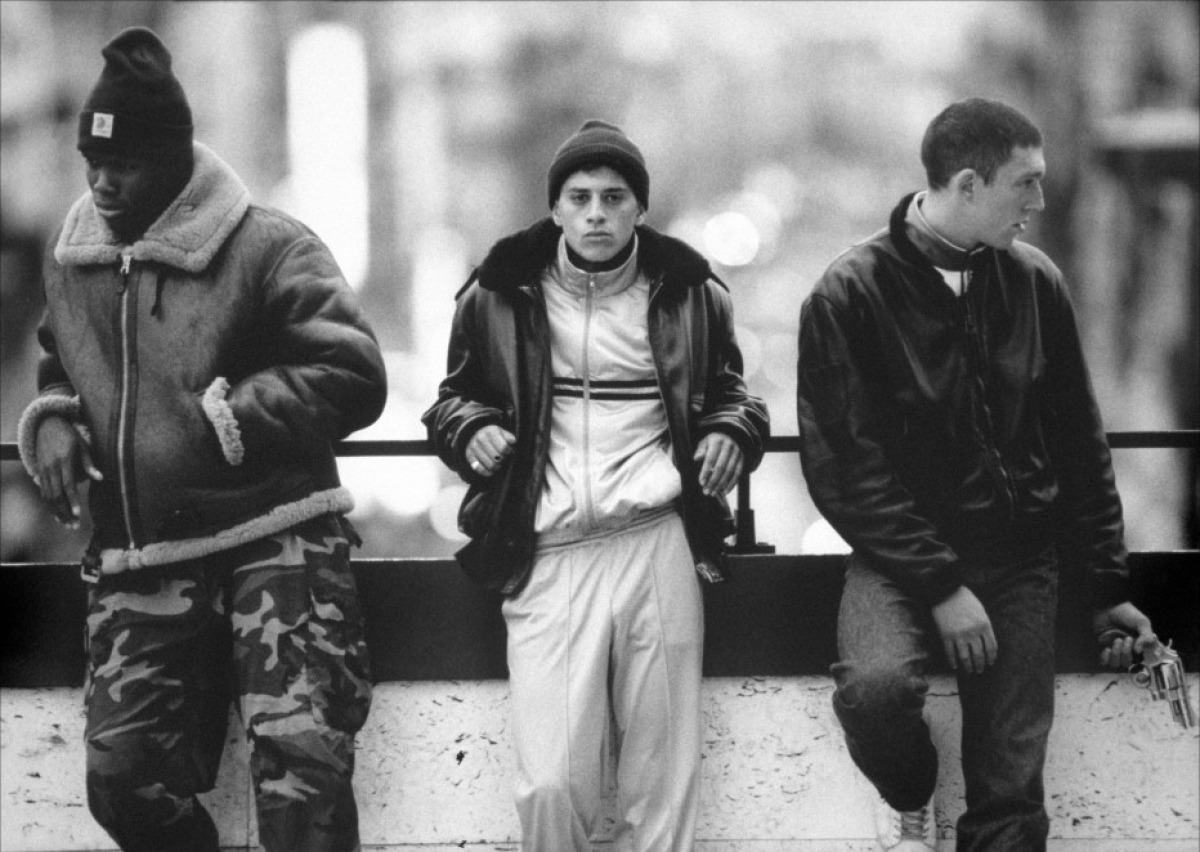Italian neo-realism is a film movement that took place during
the years of 1945-1952 as a reaction against Hollywood glamour and Mussolini’s
fascist regime and censorship on films. It is arguably one of the most
influential film movements in film history it ”marked a significant stage in
the transformation of cinema from the classical forms which dominated in Europe
and the US prior to world war two.” (Shiel, 2006, p. 1) The new cinematic techniques which neo-realism brought to cinema such as filming on location, realism stories
about everyday people and their struggles and a documentary aesthetic are now
techniques audiences would consider transnational but neo-realism started the
trend for such forms.
Andre Bazin called
neo-realism a cinema of “fact” and “reconstructed reportage.” (Bondanella, 2009, p. 61) . This take on
neo-realist films is clearly seen in a film such as The Bicycle Thief ( De Sica, 1948) ; “Antonio Ricci (Lamberto
Maggiorani), unemployed for two years, finally receives as job as a billposter,
but he must have a personal bicycle to keep the job.” (Bondanella,
2009, p. 85) .
However as often is seen in neo-realism films there is no happy ending and when Antonio’s
bicycle is stolen and him and his son Bruno search for it, coming very close at
points, they are ultimately unsuccessful. (Click on the link to read more about The Bicycle Thief and neo-realsim:The roots of neorealism ) This is not an exciting nor a comical
or dramatized narrative as Bazin says it is a story simply reporting what has happened
to this man, a story which is fictional but could easily be a real life event.
This documentary style film making that emerged from Italy during this period
has a place in today’s cinema with many films focusing on the mundane lives of
people and often the community’s they live in as opposed to just the main
characters. Films such as the banlieue film La
Haine ( Kassovitz, 1995) and the English film
This is England ( Meadows,
2006)
similar to The Bicycle Thieves show working class people in a poorer part of
the country struggling to live and get by.
 |
| La Haine |
 |
| The Bicycle Thief |
 |
| This is England |
However, it is not
just the realism aspect that has been mimicked by other European film
industries, Martin Scorsese in an Interview in the video below talks of how as
a child growing up he was influenced by neo-realism films and has used some of these
techniques and themes in many of his films especially the movie Raging Bull (Scorsese, 1980) . He dubs neorealism as “the most
precious moment in film history.” ( Iannone ,
2014) .Therefor
neorealism has not only influenced lower budget European or Latin American films
in some case but Hollywood blockbusters by auteur directors who have incorporated
neorealism film making ideas into their auteur style.
In conclusion it is evident
that neorealism is hugely influential when looking at film history and film of
today. It is not only the realism aspect
of film narratives that has been used in many films since but even something as
simple as on location shooting. Prior to neorealism nearly all films where
filmed inside studios but due to the main studio in Italy at the time being
occupied the filmmakers had to take the street. Something like this which was
not done for the aesthetic look but purely because it was the only way to make
a film is now a popular filming technique in thousands of films and even television
shows across the world.
(Word Count- 514)
Bibliography
De Sica, V.
(Director). (1948). The Bicycle Thief [Motion Picture]. Italy.
Iannone , P.
(2014, June 13). The roots of neorealism . Retrieved Febuary 12, 2015,
from Sight & Sound Magazine :
http://www.bfi.org.uk/news-opinion/sight-sound-magazine/features/deep-focus/roots-neorealism
Kassovitz, M.
(Director). (1995). La Haine [Motion Picture]. French.
Meadows, S.
(Director). (2006). This is England [Motion Picture]. UK.
Bondanella, P.
(2009). A History of Italian Cinema. New York : Continuum International
Pub. Group.
Scorsese, M.
(Director). (1980). Raging Bull [Motion Picture]. USA.
Shiel, M. (2006). Italian
Neorealism: Rebuilding the Cinematic City. London : Wallflower Press.

No comments:
Post a Comment